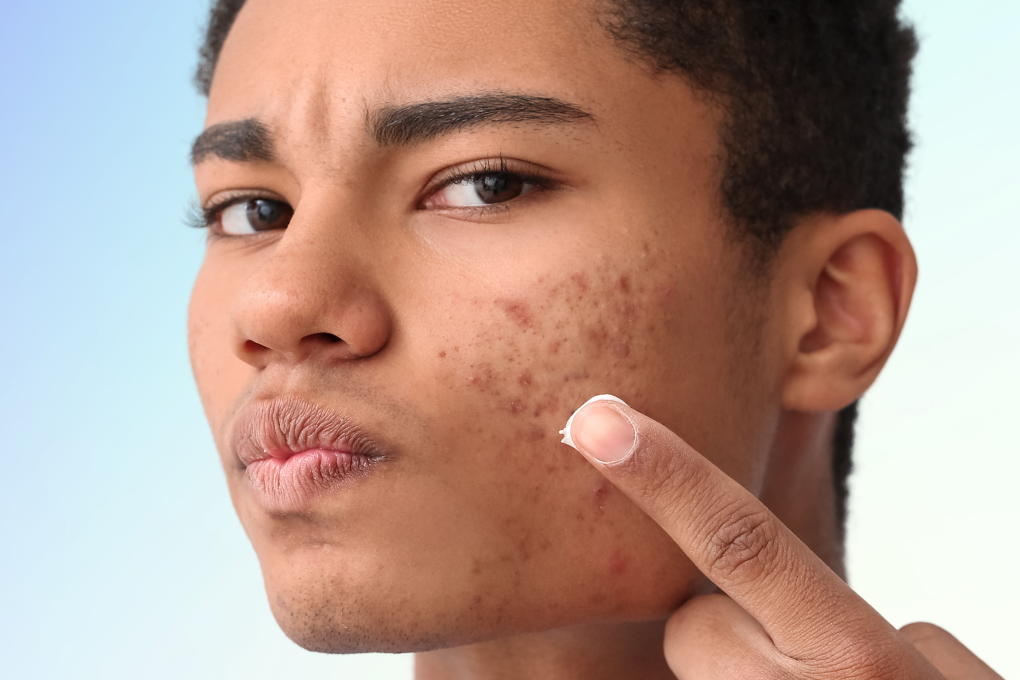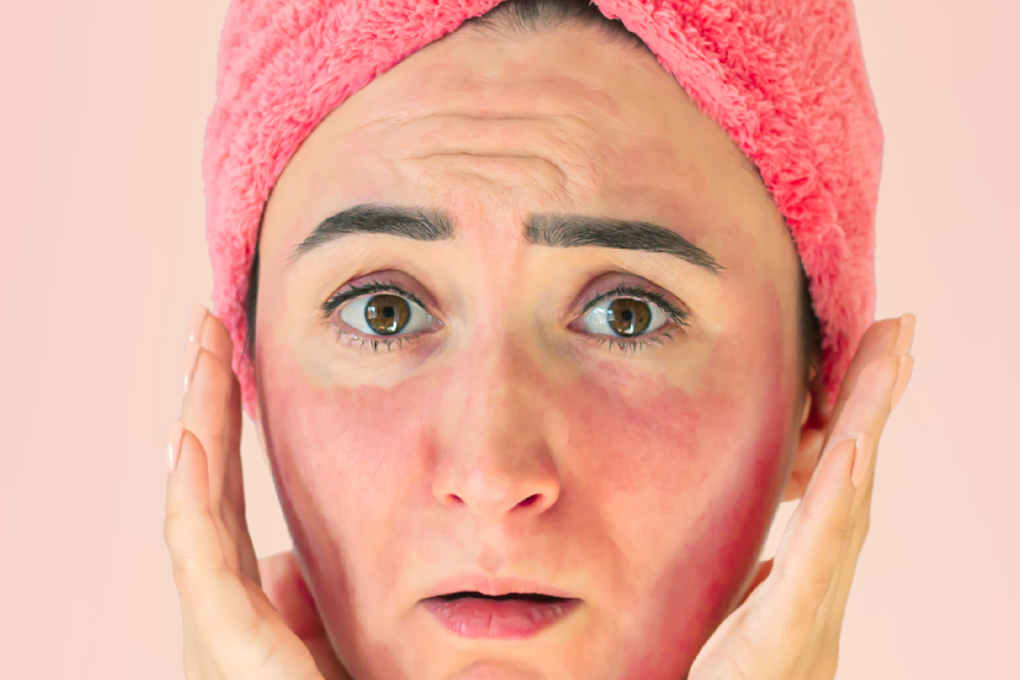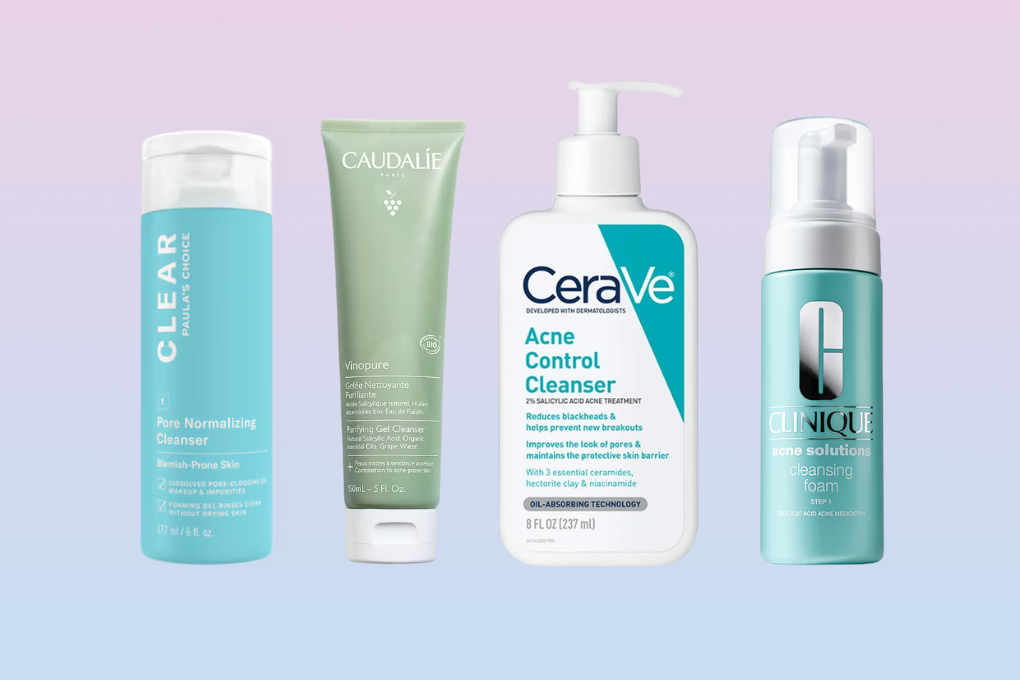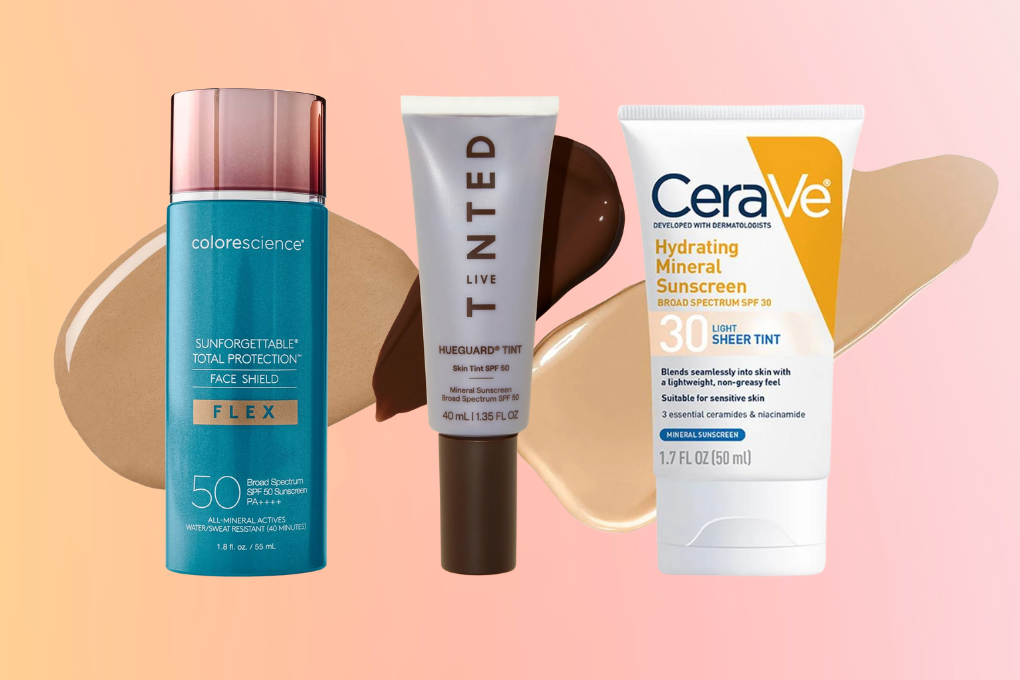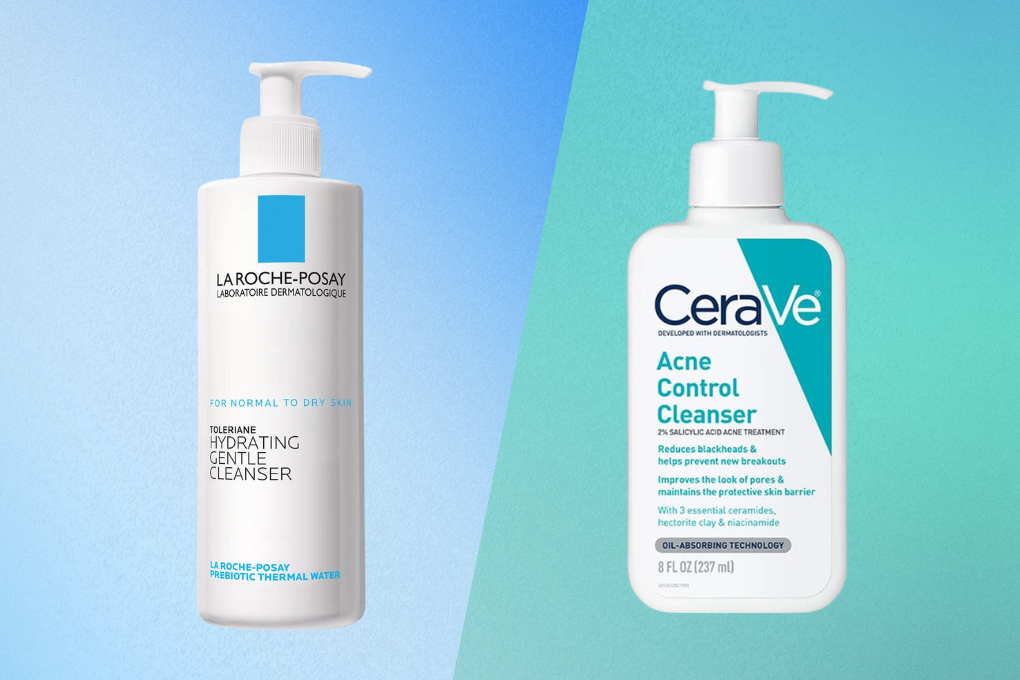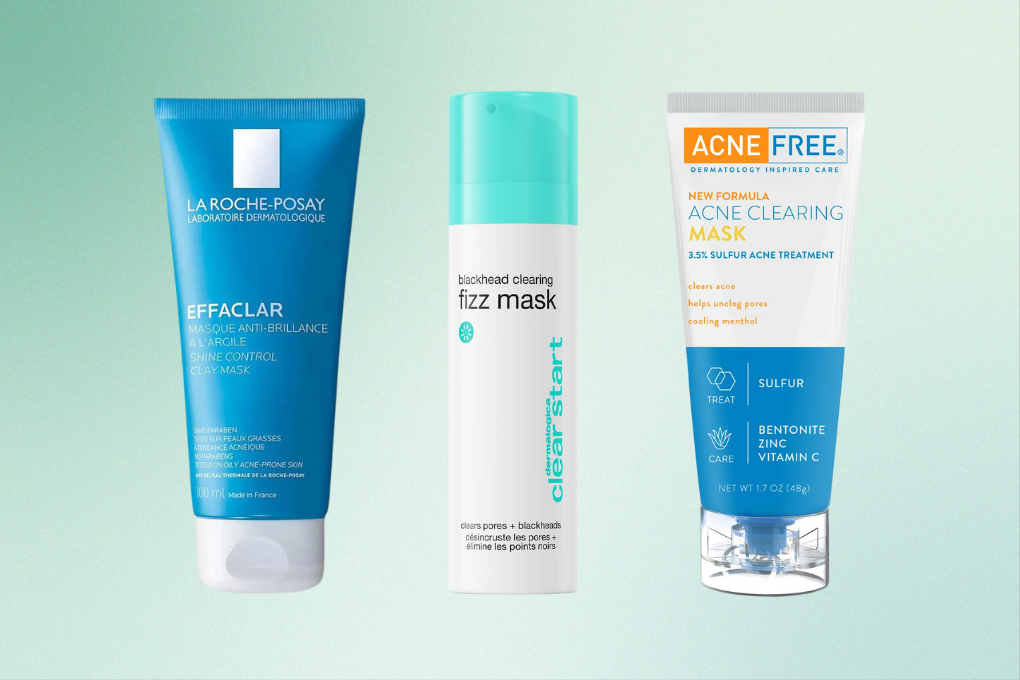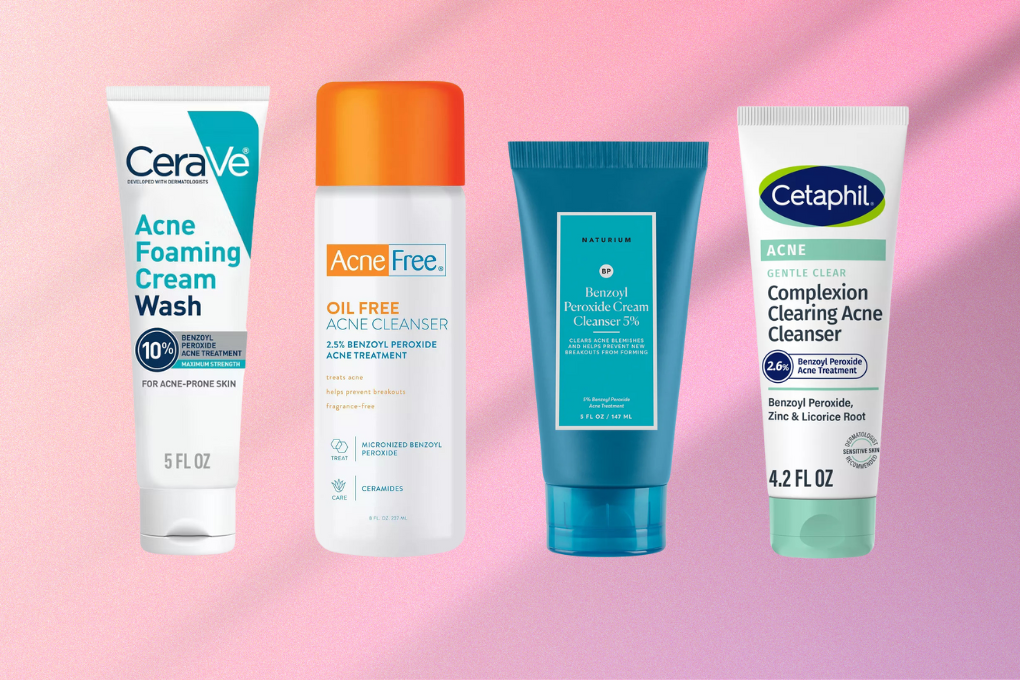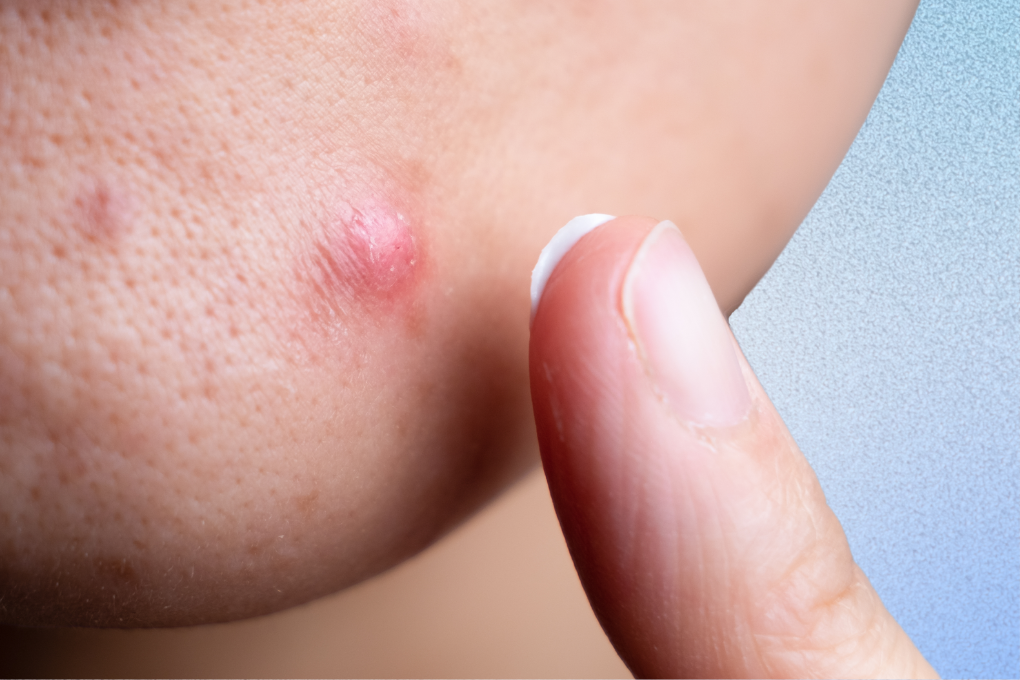If you’re struggling with breakouts, you’ve likely seen the two most popular active ingredients in over-the-counter acne treatments: salicylic acid and benzoyl peroxide. Both are powerhouse products, but how do you decide which one is right for you?
Let’s break it down and help you find the best fit for your skin.
What is Salicylic Acid?
Salicylic acid is a beta-hydroxy acid (BHA) originally derived from willow bark. It’s a gentle exfoliant that works by penetrating the pores and dissolving the excess oil and dead skin cells that can lead to pimples.
Benefits of Salicylic Acid
When our skin produces too much sebum, it can mix with dead skin cells that naturally shed from the skin’s surface and form a sticky plug within the pore. This plug, or comedone, blocks the opening of the pore and traps sebum inside.
One of the key benefits of salicylic acid is its ability to deep cleanse your pores, effectively unclogging them from the inside out. It also exfoliates the skin’s surface, promoting cell turnover, which helps prevent future breakouts, making it an excellent choice for those of us prone to blackheads and whiteheads.
Additionally, salicylic acid has some anti-inflammatory properties, which can help reduce redness and swelling, leaving your skin looking calmer and clearer. It’s particularly suited for oily skin types and can even be gentle enough for sensitive skin when used in lower concentrations.
Side Effects of Salicylic Acid
The exfoliation process from salicylic acid, which helps shed the outer layer of the skin, can disrupt the skin barrier and be irritating, especially if your skin is already sensitive. Salicylic acid also reduces sebum production, which can sometimes strip away too much of your skin’s natural oils, causing dryness and peeling. It’s important to introduce salicylic acid products gradually and focus on using gentle products and a good moisturizer.
How to Use Salicylic Acid for Acne
Salicylic acid is widely available over the counter in 0.5-2% strength in cleansers, toners, or spot treatments. Start with a cleanser and leave it on for a couple of minutes in the shower, or try a lower concentration leave-on treatment to see how your skin reacts before using a stronger treatment.
Paula's Choice CLEAR Pore Normalizing Cleanser Acne Face Wash with 0.5% Salicylic Acid
This gentle salicylic acid cleanser from Paula's Choice helps dissolve pore-clogging oil and debris without irritating sensitive skin. A low strength of 0.5% salicylic acid in a gel texture will refresh your skin and clear your pores, while glycerin, arginine, and panthenol help soothe and hydrate. With this formula you can enjoy the benefits of salicylic acid without flaking or dryness.
- Lower strength 0.5% salicylic acid
- Good choice for sensitive skin
- Also comes in a refill pouch
- May not be strong enough for some skin types
Avène Cleanance ACNE Clearing Gel Cleanser for Sensitive Skin with 2% Salicylic Acid
The Cleanance Acne Clearing Gel from Avene is formulated for skin that is oily, acne-prone, and sensitive. With full-strength 2% salicylic acid, it can clear excess oil and prevent acne. It also contains the probiotic Lactobacillus ferment lysas and Avene thermal water to balance the microbiome, which is important for supporting the skin barrier of sensitive skin.
- Full strength 2% salicylic acid
- Probiotic and thermal water to balance microbiome
- May be strong for some skin types
The Ordinary Salicylic Acid 2% Solution, Acne-Fighting Serum for Blemish-Prone Skin
The Ordinary's Salicylic Acid 2% Solution is an affordable serum that's specially formulated to target acne and allow skin to heal. Its simple, water-based formula in a dropper bottle is easy to apply and contains salicylic acid to exfoliate dead skin cells on the surface of the skin and keep pores clear to prevent future breakouts. This serum can be applied as a targeted treatment to areas with blackheads and clogged pores. It can also help reduce redness and skin texture.
- Great value
- Light water-serum texture
- Small amount
Paulas Choice Skin Perfecting BHA Liquid Exfoliant with 2% Salicylic Acid
Paula's Choice 2% BHA Liquid Exfoliant is a fan favorite for good reason. This lightweight toner refreshes skin and uses 2% strength of salicylic acid to exfoliate and clear pores. It has an optimal pH, which is important for exfoliants to get maximum effectiveness without irritation, and it contains soothing green tea to support the skin’s barrier. But watch out because this gentle formula is still strong, so remember to ease into use.
- Optimal pH for acid
- Green tea to soothe and support skin barrier
- Expensive
- Too strong for some skin types
What is Benzoyl Peroxide?
Benzoyl peroxide is an antimicrobial medication that targets the specific type of bacteria, Cutibacterium acnes, responsible for inflamed breakouts. When benzoyl peroxide comes in contact with our skin, it releases oxygen into the pores, which kills this bacteria on the skin’s surface.
Benefits of Benzoyl Peroxide
When our sebaceous glands produce too much oil that mixes with dead skin cells to clog our pores, it makes the perfect environment for acne-causing bacteria to thrive, which then prompts our immune system to respond. The resulting inflammation leads to redness, swelling, and pain of inflamed pimples, such as pustules and cysts.
Benzoyl peroxide works to clear inflammatory acne by releasing oxygen into your skin, creating an inhospitable environment for C. acnes. By reducing the bacterial population, benzoyl peroxide calms the inflammation that contributes to acne. It’s a fast-acting ingredient, known for quickly reducing the size and severity of pimples.
Benzoyl peroxide also has an exfoliating effect that helps to remove dead skin cells and excess oil from your skin’s surface, preventing future clogged pores and comedones. This combined action not only reduces existing acne lesions but also helps to prevent new ones from forming, making benzoyl peroxide a widely used and effective treatment for inflammatory acne.
Side Effects of Benzoyl Peroxide
Common side effects of benzoyl peroxide include dryness, redness, and peeling, as the medication can strip the skin of natural oils and disrupt the skin barrier. If you have sensitive skin you may experience a burning or itching sensation upon application, which can be more noticeable with higher concentrations of benzoyl peroxide.
Keep in mind that benzoyl peroxide can bleach fabrics, so it’s important to rinse well and use it with caution around clothing and towels. To minimize these side effects, make sure to keep the rest of your skincare routine gentle and moisturizing.
How to Use Benzoyl Peroxide for Acne
Benzoyl peroxide is available in many acne treatments in various concentrations (2.5-10%). To minimize irritation, start with a lower concentration of benzoyl peroxide face cleanser in the shower and make sure to fully rinse it off to prevent bleaching your towel and clothes. If needed, gradually increase to a leave-on product like a gel or cream. Because benzoyl peroxide can act quickly, it is also a great option for a spot treatment when you break out.
Cetaphil Gentle Clear Acne Cleanser with 2.6% Micronized Benzoyl Peroxide
Cetaphil's benzoyl peroxide cleanser in their Gentle Clear line is a great option for anyone trying to maintain the difficult balance between effective acne treatment and sensitive skin. It's designed to start showing visible results in just one week while also helping to maintain your skin barrier. With 2.6% micronized benzoyl peroxide, it can work on bacteria where it's needed without overloading your skin. Added licorice root and zinc in a creamy formula help to soothe sensitive skin and also reduce oil production.
- Gentle strength
- Licorice root and zinc reduce oil and soothe sensitive skin
- May not be strong enough for some skin types
La Roche-Posay Effaclar Duo Dual Action Acne Cleanser with 4% Benzoyl Peroxide, LHA, and Niacinamide
Effaclar Duo Acne Cleanser is part of La Roche-Posay's acne-focused Effaclar line. It gets its name from its dual-action approach of treating breakouts and clearing pores to prevent new acne from forming. This face wash thoroughly cleanses the skin to remove excess oil while targeting acne-causing bacteria with 4% benzoyl peroxide and exfoliating with 0.1% lipo-hydroxy acid, a derivative of salicylic acid. It is also infused with La Roche-Posay's soothing prebiotic thermal water.
- Balanced strength
- Lipo-hydroxy acid to exfoliate
- Niacinamide and thermal water to soothe
- More expensive than other options
- Niacinamide can be irritating for some skin types
Paula's Choice CLEAR Regular Strength Daily Skin Clearing Treatment with 2.5% Benzoyl Peroxide
Paula's Choice Daily Skin Regular Strength Clearing Treatment comes in a balanced 2.5% benzoyl peroxide in a leave-on treatment. With soothing allantoin and bisabolol, it will work to calm existing pimples while fighting acne-causing bacteria to prevent future breakouts. For more stubborn acne that does not respond to the regular strength, you can try the extra-strength version with 5% benzoyl peroxide.
- Lightweight lotion with matte finish
- 2.5% benzoyl peroxide is gentle yet effective
- Allantoin and bisabolol to soothe
- May not be strong enough for stubborn acne
Comparing the Two: Salicylic Acid vs. Benzoyl Peroxide
Salicylic acid excels at preventing acne by keeping pores clear, making it ideal for mild to moderate acne, especially blackheads and whiteheads. Benzoyl peroxide, however, is more effective for severe and inflammatory acne by killing the bacteria in existing breakouts. While salicylic acid can be gentle enough for sensitive skin, benzoyl peroxide can be drying and is better suited for normal to oily skin types. Both ingredients can cause side effects, such as dryness and irritation, but benzoyl peroxide has the added potential to bleach fabrics and hair.
Is Salicylic Acid or Benzoyl Peroxide Better for Acne?
While it is possible to use both salicylic acid and benzoyl peroxide products in your skincare routine, it can be very irritating so you should generally choose one or the other. When deciding between salicylic acid and benzoyl peroxide, it’s important to consider your skin type and the kind of acne you are experiencing.
If you’re prone to blackheads, whiteheads, and general oiliness, salicylic acid is your first choice. It is also a good option if your acne is mild and you are looking to add something to your routine to help prevent future breakouts. Additionally, if you have sensitive skin you might want to start with a low concentration of salicylic acid first to see if it helps before trying benzoyl peroxide.
On the other hand, if you’re currently dealing with red, painful inflammatory acne and your skin is not sensitive, starting with a benzoyl peroxide product and finding the appropriate strength that stops the breakouts would probably be the better choice for you.
If you mostly deal with clogged pores and oiliness but occasionally get the rare inflamed pimple, you can use salicylic acid daily and also keep a benzoyl peroxide spot treatment on hand to use at the first sign of redness. Remember, everyone’s skin is different, and what works for one person might not work for another. It’s always a good idea to patch test new products and consult with a dermatologist if you’re unsure or if your acne is severe and at risk for scarring.
Ultimately, the best acne care routine is one that fits seamlessly into your lifestyle and addresses your specific acne concerns. Whether you opt for salicylic acid or benzoyl peroxide, consistency and patience, along with a gentle moisturizer, will help you see results while keeping your skin healthy.





